12 Simple Hacks to Make Summer Gardening a Breeze
Summer gardening can be a rewarding experience, but it often comes with extra time and effort. Luckily, several simple techniques can make your gardening routine easier and more efficient. From smart watering strategies to using the right tools, these hacks can help you maintain a thriving garden without spending hours each day. With a few easy adjustments, you can enjoy a beautiful garden while saving both time and energy.
This post may contain affiliate links, which helps keep this content free. Please read our disclosure for more info.
Water Early in the Morning or Late in the Evening

Watering your garden during the early morning or late evening is one of the simplest and most effective ways to save time and reduce water waste. The sun’s intensity in the afternoon causes much of the water to evaporate before it reaches the plant roots. By watering early, plants have all night to absorb the moisture, ensuring they start the day hydrated. Similarly, evening watering allows plants to take up water overnight without the immediate evaporation that occurs during the day. This practice results in healthier plants and can save you time by reducing the number of times you need to water throughout the day.
Additionally, watering in the cooler parts of the day helps prevent plant stress caused by sudden temperature changes. Heat can cause the water to evaporate too quickly, leaving your plants dehydrated. By giving your plants a steady water supply in the cooler morning or evening, you can ensure their roots stay nourished, which means less frequent watering sessions overall. This not only conserves water but also lessens the strain on your schedule.
Use Mulch to Retain Moisture
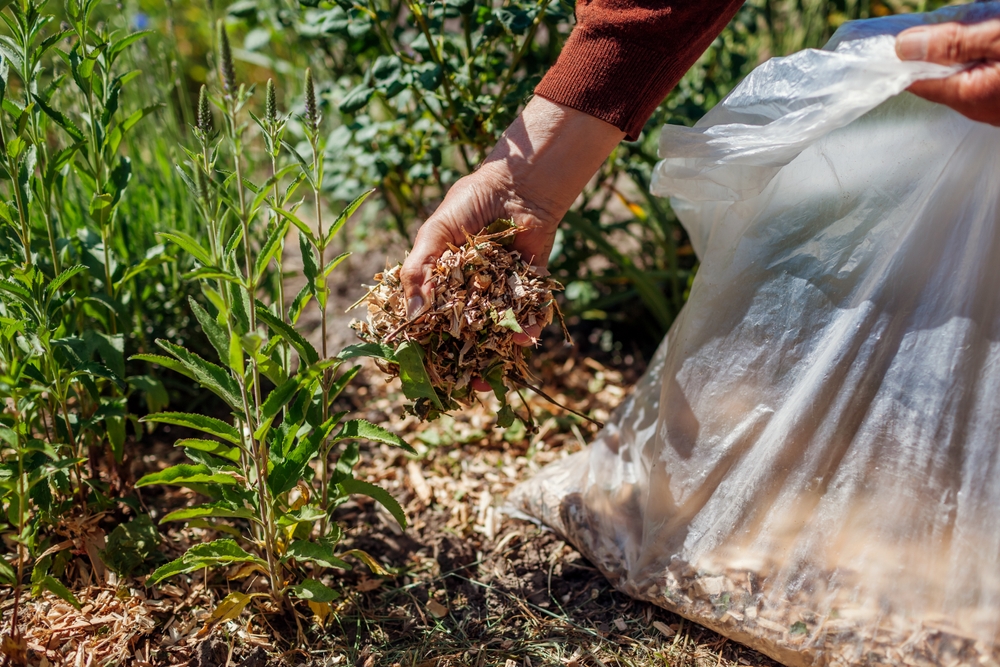
Mulching is a game-changer when it comes to reducing the time and effort spent watering your garden. Mulch acts as a natural barrier that retains moisture, keeping the soil cool during the hot summer months. It prevents rapid evaporation of water, ensuring your plants receive consistent hydration. This means you don’t need to water your garden as frequently, which can be a huge time-saver, especially during dry spells. Additionally, the layer of mulch prevents the soil from becoming compacted by rainfall or watering, allowing roots to grow deeper and access water more effectively.
Another benefit of mulch is its ability to reduce the growth of weeds. By blocking sunlight from reaching weed seeds, mulch makes it harder for them to sprout. This reduces the amount of time you’ll spend pulling weeds, which can take up a lot of time in the garden. Organic mulches like straw, grass clippings, or wood chips not only help conserve water and reduce weeds but also improve the soil as they decompose over time, making this a win-win technique.
Implement a Self-Watering System with Ollas
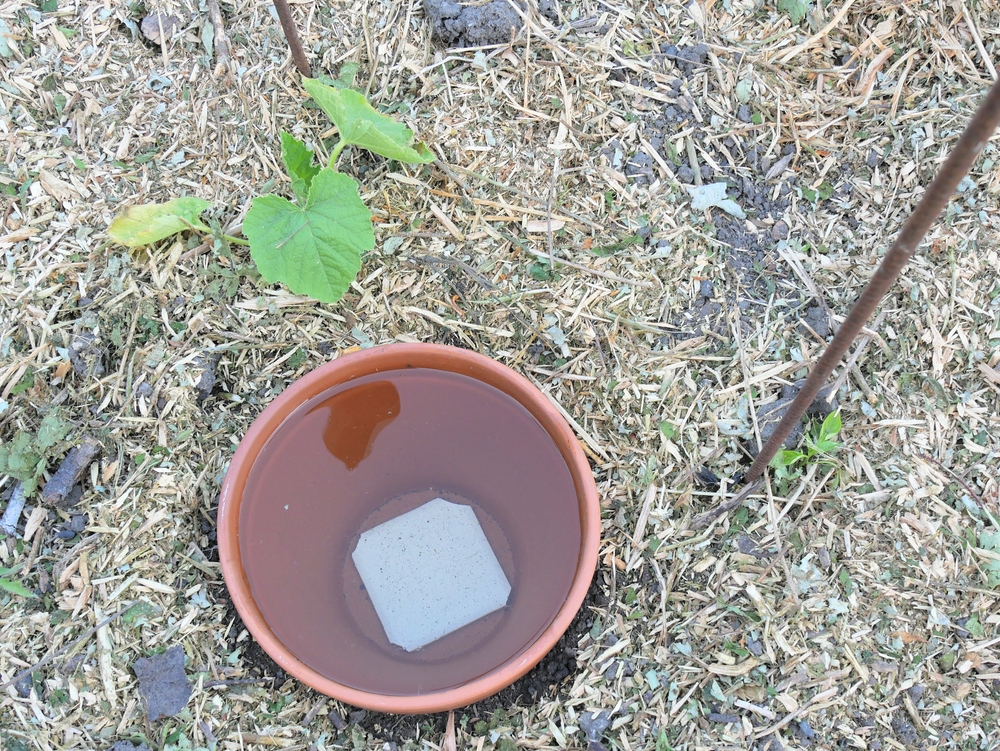
Self-watering systems like ollas are an excellent way to save time and effort in the summer garden. Ollas are traditional clay pots that are buried in the soil, with their tops exposed above ground. You fill them with water, and as the surrounding soil dries out, the water slowly seeps out into the soil, providing steady hydration to your plants. This system ensures that plants receive moisture consistently without the need for frequent manual watering, which can be both time-consuming and inefficient.
The beauty of ollas lies in their simplicity and efficiency. They only water when the soil needs it, reducing water waste and preventing overwatering. This method is especially effective for garden beds that receive direct sunlight and dry out quickly. Once the olla is set up, all you need to do is refill it occasionally, saving you valuable time that would otherwise be spent watering your plants multiple times a day.
Group Plants with Similar Watering Needs
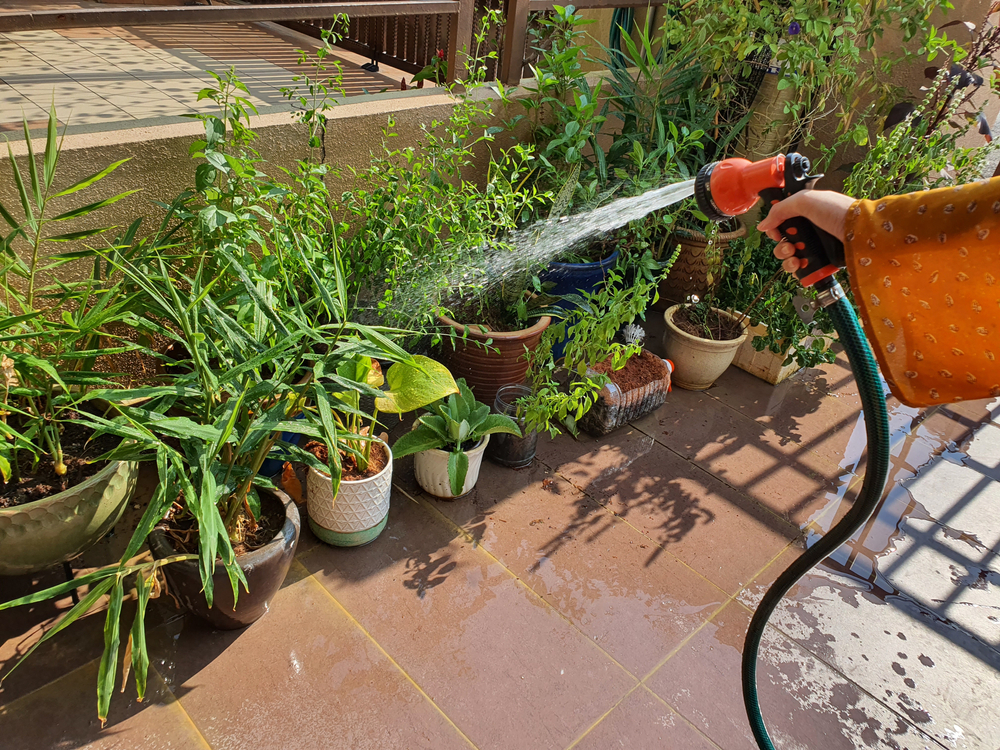
Grouping plants with similar watering needs is an effective way to simplify your watering routine. Instead of watering individual plants based on their unique needs, you can create zones within your garden where plants with similar water requirements are planted together. This way, you can water one area at a time, ensuring each plant gets the right amount of moisture without wasting water on plants that do not require as much.
This technique is especially useful for large gardens or areas with varying sun exposure. For example, plants that prefer dry conditions, like succulents, should be grouped away from those that require more moisture, such as ferns. By organizing your garden with these water preferences in mind, you can streamline your watering process, making it quicker and more efficient. In addition, this method ensures that all your plants are receiving the correct hydration, improving their overall health and reducing the chances of water-related stress.
Use Drip Irrigation Systems
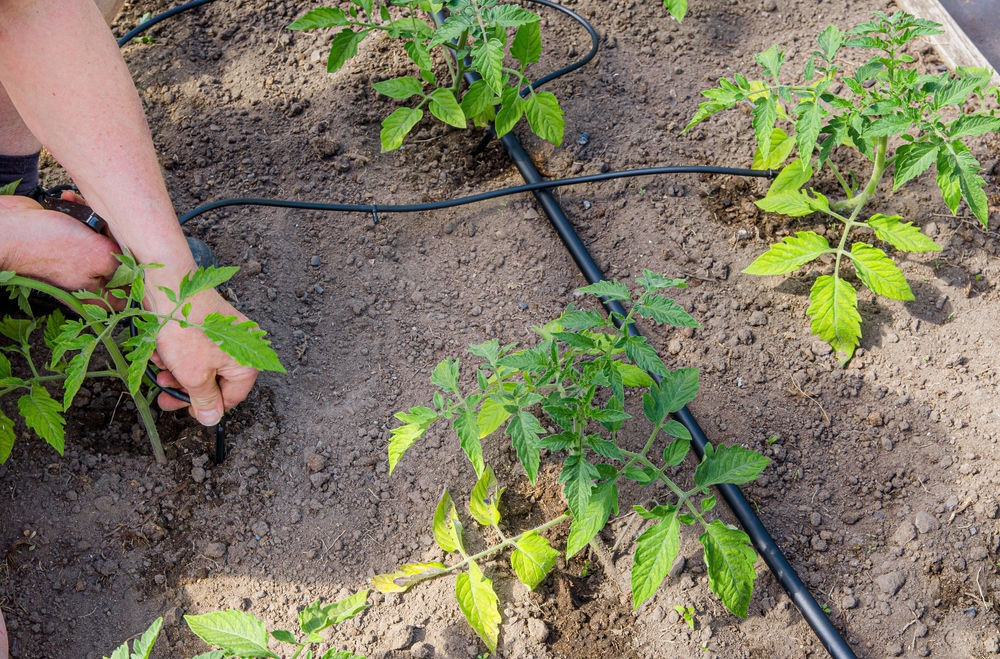
A drip irrigation system provides targeted watering directly to the base of your plants, which helps conserve water and time. This system works by delivering water slowly and steadily through a network of tubing and emitters, which are placed near the roots of your plants. By applying water directly to the root zone, you avoid wetting the leaves, which can reduce the risk of diseases such as powdery mildew. This focused watering system ensures that your plants get exactly what they need, without wasting water on the surrounding soil.
Drip irrigation is incredibly time-efficient, especially for large garden areas. Instead of manually watering each plant, you can set up a timer to automatically deliver water to your garden at specific times, making it easier to maintain even while you are away. Once installed, a drip irrigation system requires minimal maintenance, saving you time and effort in the long run.
Plant Heat-Tolerant Varieties
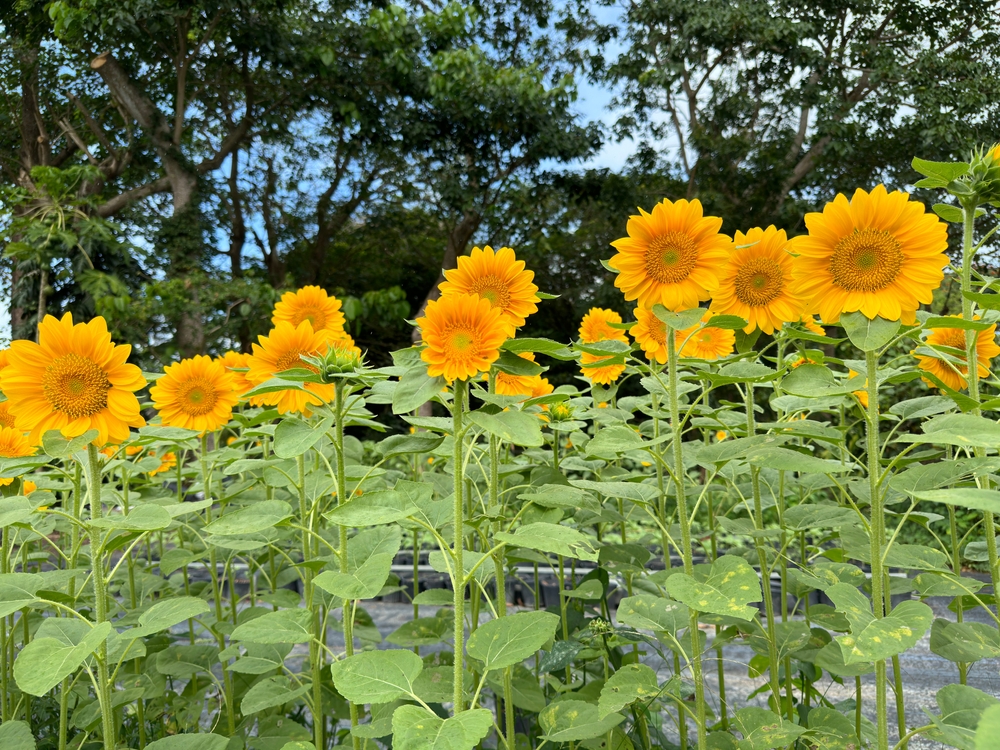
Choosing heat-tolerant plant varieties can make a huge difference in saving time and effort in your summer garden. Some plants are naturally more resilient to high temperatures and require less maintenance. Varieties like sunflowers, zinnias, and heat-resistant tomatoes thrive in hot conditions, reducing the need for constant care. By selecting plants that are better suited for your local climate, you can minimize the effort spent on watering, pruning, or treating heat-related stress.
In addition to being more drought-tolerant, heat-resistant, plants often require less attention for pest control, as they tend to be hardier against various garden pests. These plants can also help you save on water, as their ability to withstand high temperatures means they need less frequent watering, especially when coupled with techniques like mulching. Choosing the right plants for your region ensures your garden remains healthy and beautiful with minimal input.
Use Shade Cloth to Protect Sensitive Plants
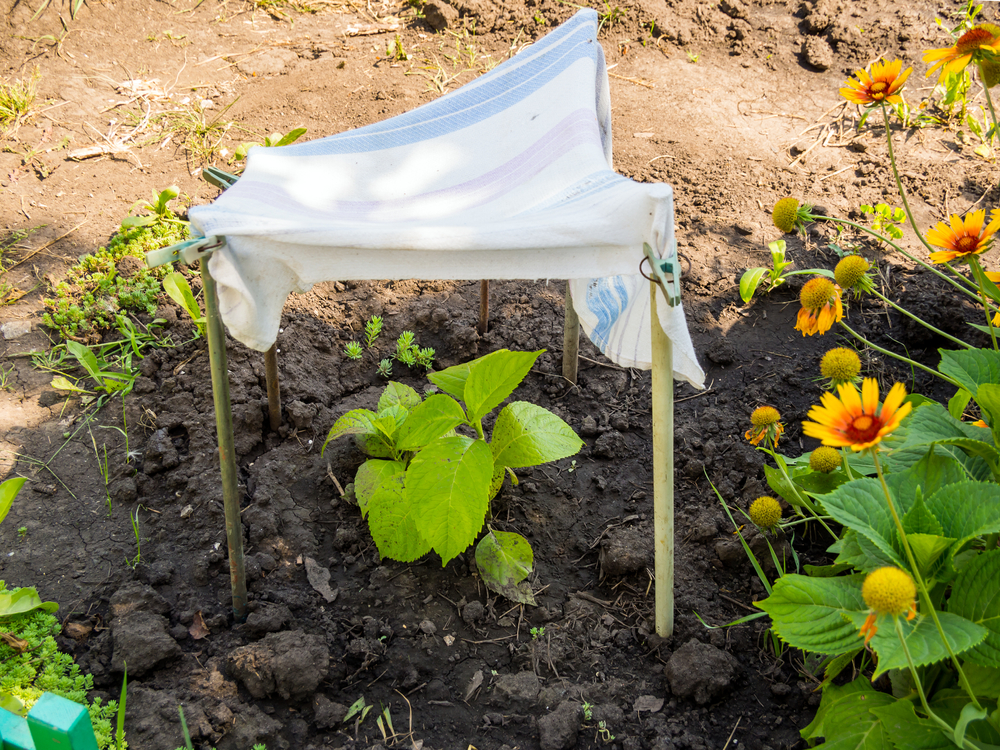
Shade cloth is an excellent solution for protecting sensitive plants from the harsh midday sun. This inexpensive gardening tool provides just the right amount of coverage to shield your plants from heat stress while still allowing them to receive some sunlight. Simply drape the cloth over your garden or set up a structure to keep it in place. This will prevent your plants from wilting or getting sunburned, saving you the effort of nursing them back to health after sun damage.
Using shade cloth also reduces the frequency of watering since it helps to retain moisture in the soil. In areas with scorching summers, this simple tool can drastically improve plant health and reduce the time spent watering and tending to sun-damaged plants. It is especially useful for young seedlings, delicate flowers, and leafy greens that tend to wilt under direct sunlight.
Apply Liquid Fertilizers for Quick Results
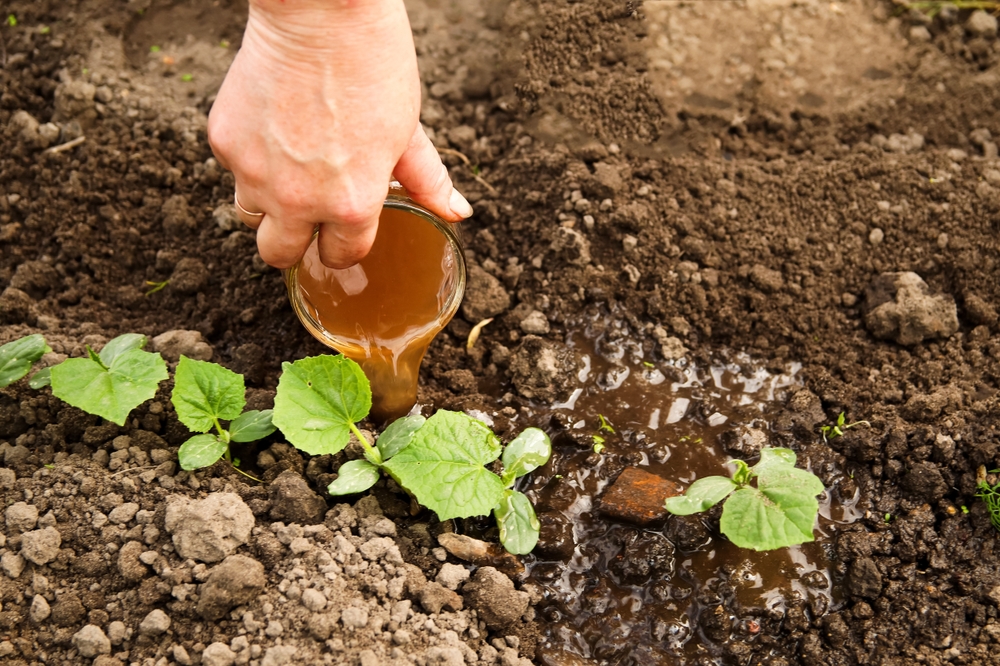
Liquid fertilizers are a great way to quickly nourish your plants, especially during the summer when plants grow rapidly. Unlike granular fertilizers, which take longer to break down, liquid fertilizers are absorbed almost immediately, giving your plants a quick nutrient boost. You can apply them directly to the soil or even as foliar sprays to ensure your plants receive the nutrients they need without waiting for slow-release fertilizers to work.
The quick action of liquid fertilizers means your plants can grow healthier and stronger with less effort on your part. You will notice faster results, and your plants will stay lush and green throughout the summer. With fewer applications needed compared to granular options, liquid fertilizers save both time and effort in keeping your plants well-fed.
Create Raised Garden Beds

Raised garden beds offer several benefits that save time and effort during the summer gardening season. These beds allow for better drainage, which is essential in preventing root rot during heavy summer rains or watering. They also warm up faster in the spring, allowing for earlier planting, and can be easily managed for weeding and harvesting. By keeping plants off the ground, you reduce the amount of bending and kneeling required, making gardening easier on your back.
Another benefit of raised beds is that they can be filled with high-quality soil, which can help reduce the amount of work you need to do in terms of fertilizing and aerating the soil. The improved soil structure supports plant growth and reduces the chances of soil compaction. Raised beds also provide a natural boundary for your plants, making it easier to organize your garden layout and keep track of watering and plant care.
Plant Ground Covers to Reduce Weeds
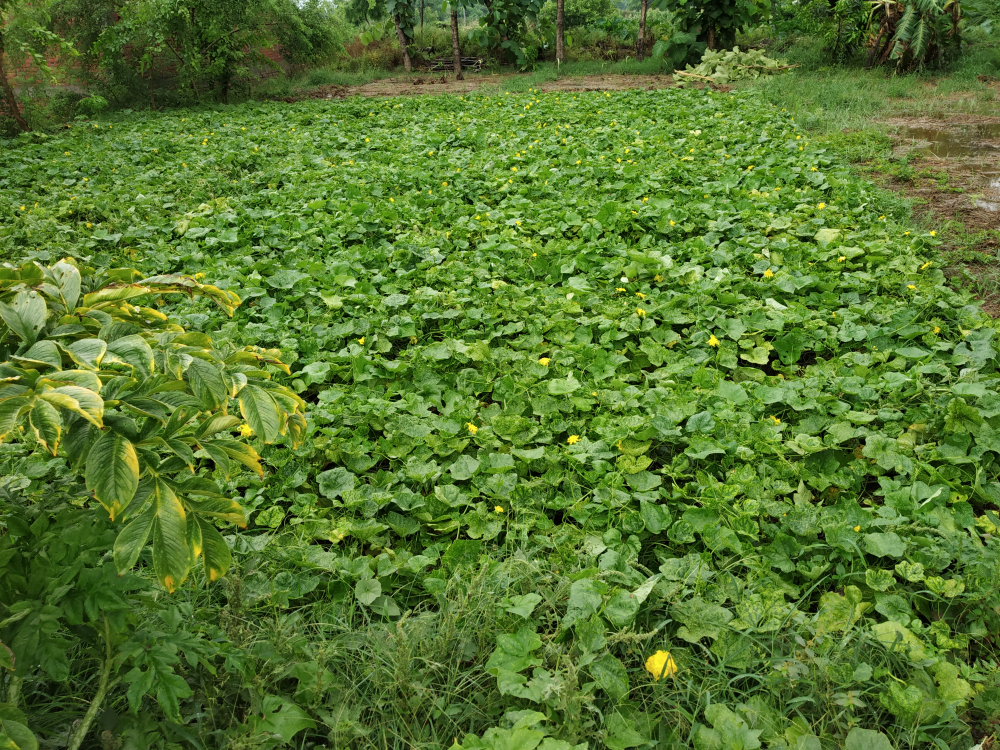
Ground covers are low-maintenance plants that spread across the soil, covering the surface and reducing the amount of sunlight that weeds need to grow. By planting ground covers, such as clover or creeping thyme, you create a natural weed barrier that saves you time in the garden by preventing weeds from sprouting. These plants not only suppress weed growth but also help retain moisture in the soil, which is especially beneficial during the hot summer months.
Ground covers can also add beauty and texture to your garden, filling in empty spaces and reducing the overall need for mulch. They’re a great solution for pathways, under shrubs, or around garden beds that might otherwise be prone to weeds. Once established, these plants require minimal care, allowing you to enjoy a cleaner, more manageable garden with little effort.
Use Companion Planting to Improve Plant Health
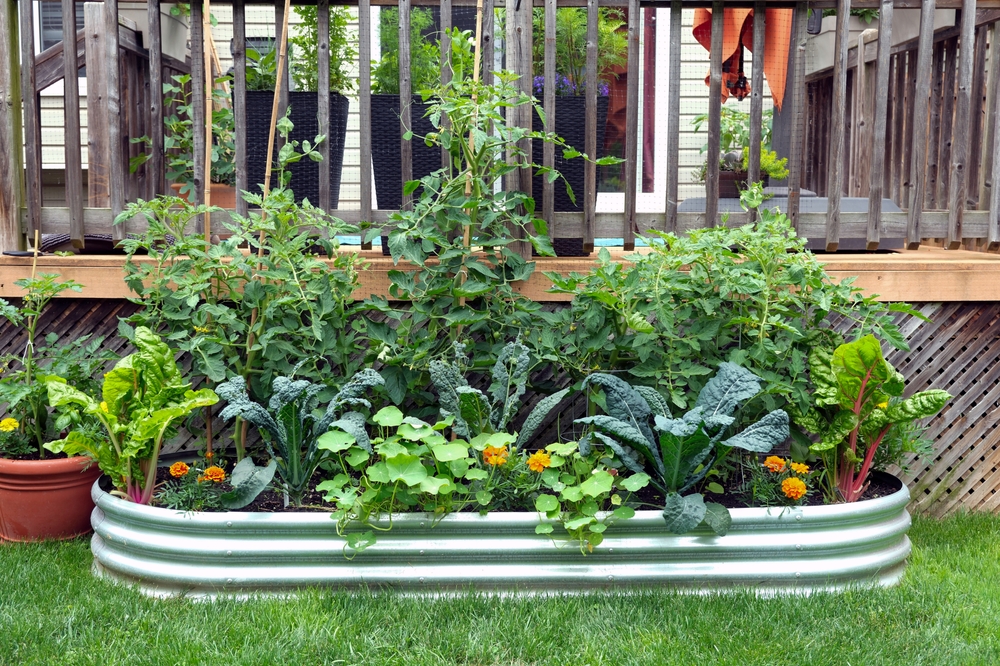
Companion planting is the practice of planting certain plants together to benefit one another. Some plants naturally repel pests or enhance the growth of nearby plants. For example, planting marigolds near tomatoes can help keep harmful insects away, while basil can improve the flavor and growth of tomatoes. By using companion planting, you can reduce the time spent on pest control and ensure healthier plants without the need for chemical treatments.
Companion planting also encourages biodiversity in your garden, which can lead to a more resilient ecosystem. For example, planting nitrogen-fixing plants like beans next to leafy greens can naturally enrich the soil, reducing the need for synthetic fertilizers. This method promotes healthier plants and saves time spent on soil amendments and pest management.
Use Raised Paths to Prevent Soil Compaction
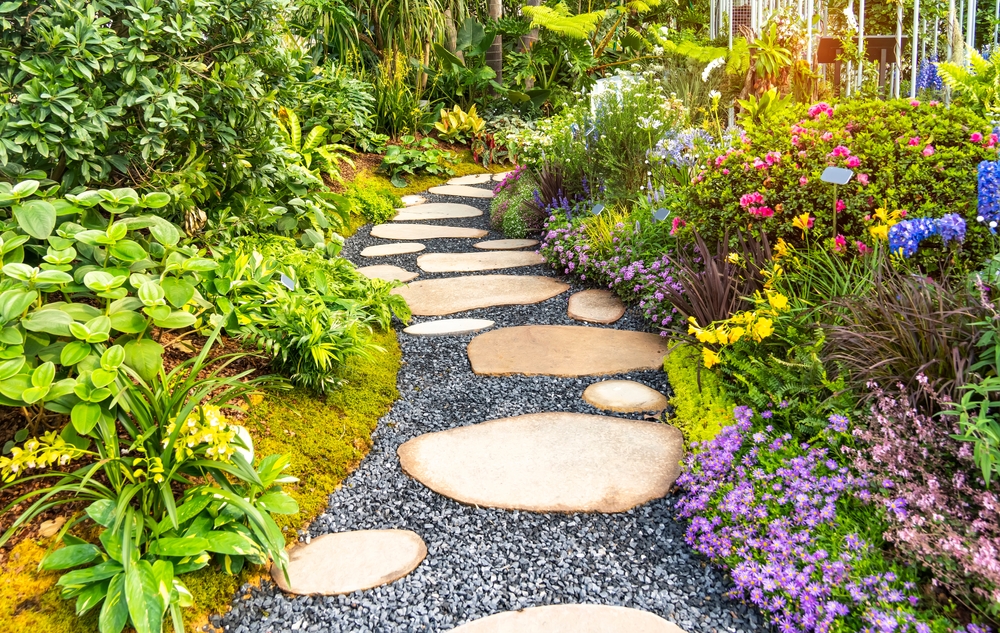
In larger gardens, raised paths are an excellent way to prevent soil compaction, which can limit root growth and water absorption. By creating elevated walkways made of wood or stone, you avoid stepping directly on the garden beds, which can damage the soil structure. This allows your plants to grow more freely, and the soil remains loose and aerated, making it easier for roots to spread.
Raised paths also make it easier to navigate your garden, especially during wet conditions, as they prevent the soil from becoming muddy and difficult to walk on. With less compaction, your plants will have better access to water and nutrients, which reduces the time spent caring for them. This simple addition to your garden can make gardening a lot less physically demanding.
This article originally appeared on Avocadu.
